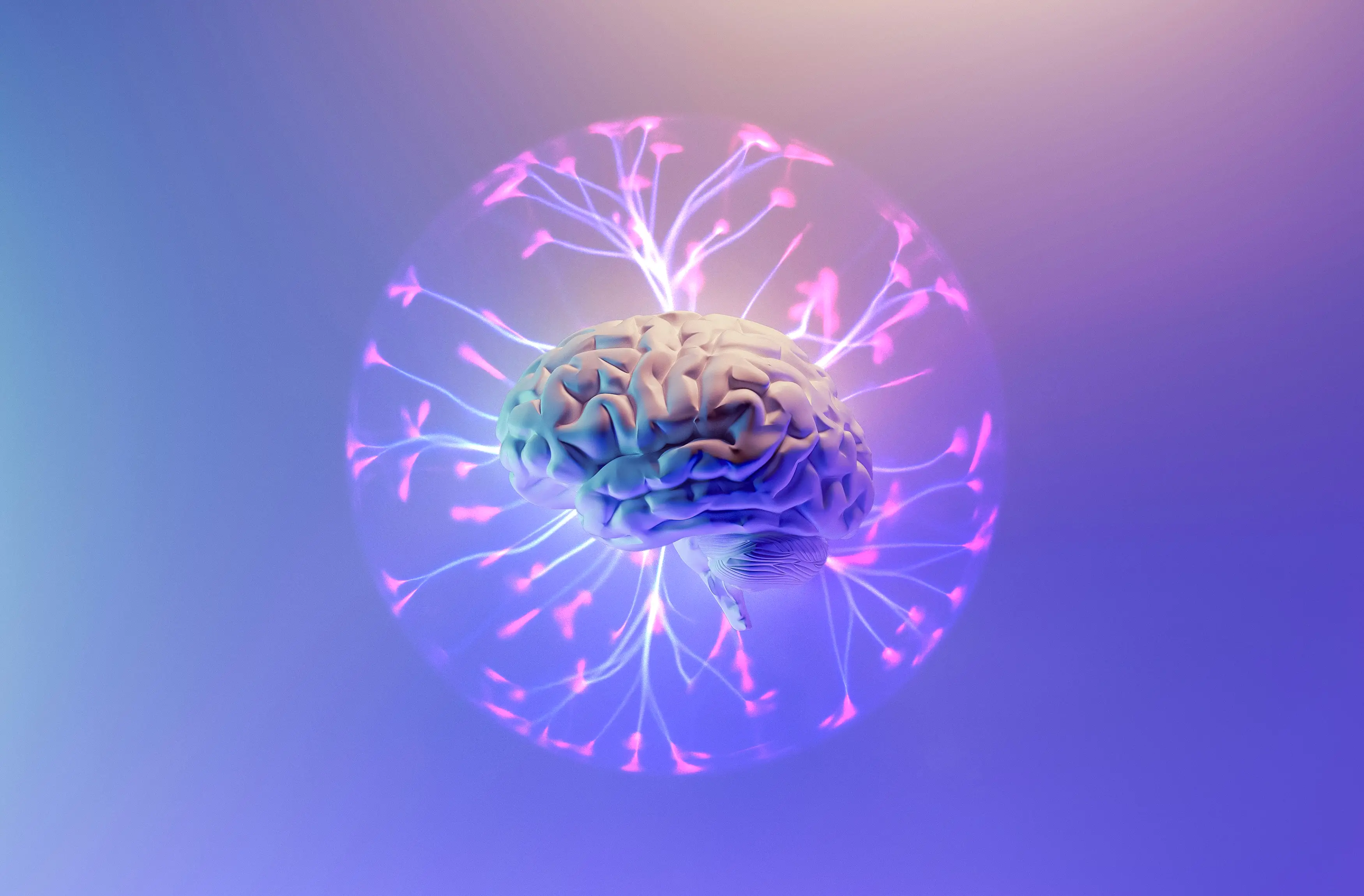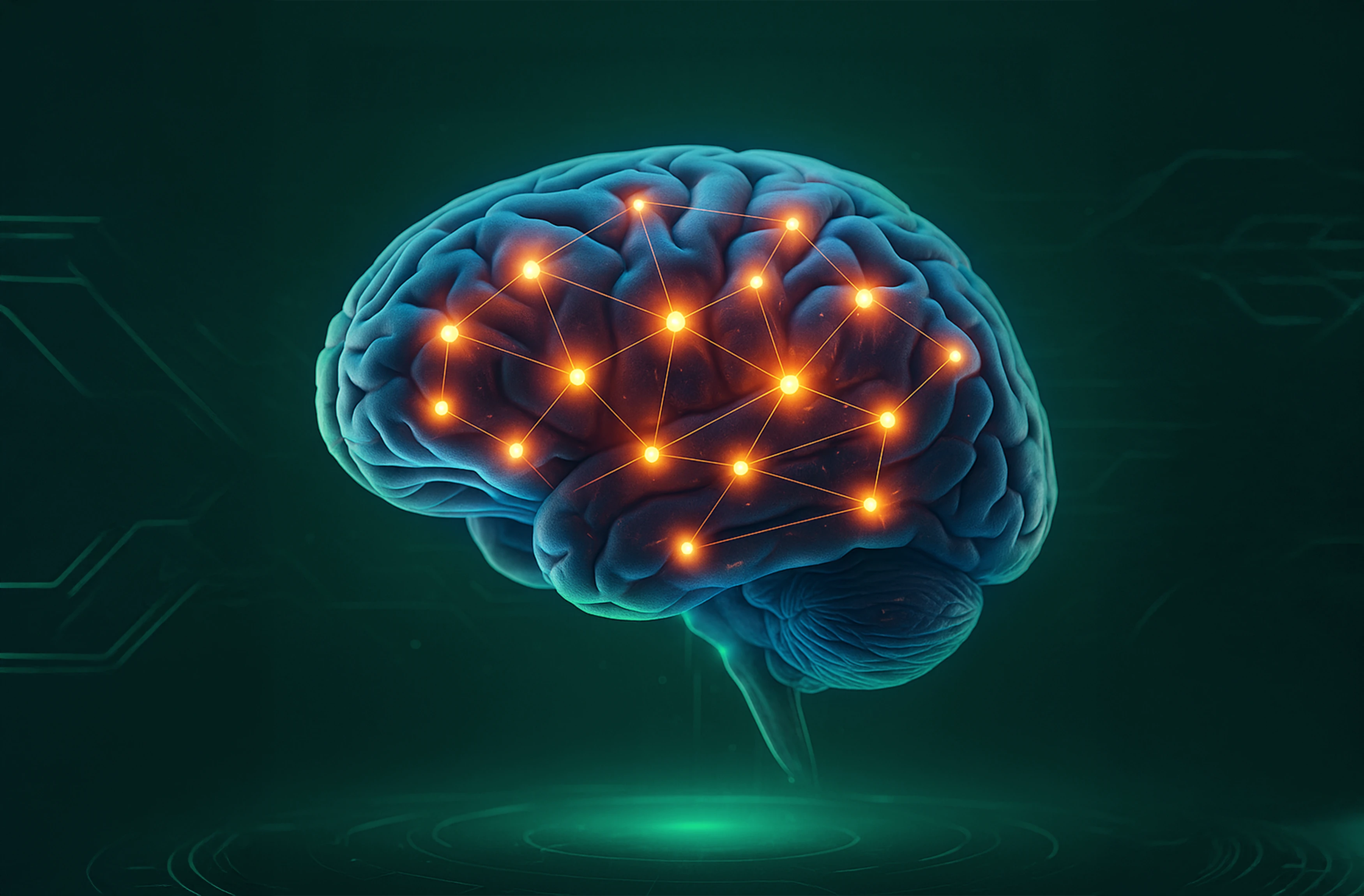ADHD or Narcissism? Why We Get It Wrong (and How It Hurts)
Many still believe ADHD comes from flawed upbringing or early trauma. Sam Vaknin’s psychodynamic view--linking ADHD, autism, and narcissism to an emotionally absent caregiver--fits an intuitive story, which is why it spreads. But the best available evidence shows something else: ADHD is strongly genetic and brain-based, with environmental factors playing a smaller, modifying role.
NPD, on the other hand, is a personality disorder with a very different developmental profile and treatment path. Yet, because some behaviours overlap, the two are often confused--sometimes even by professionals.

Why Vaknin’s View Resonates -- and Misleads
Sam Vaknin, an Israeli writer and lecturer best known for his work on narcissism, explains personality traits through the lens of early relationships and emotional neglect. In his talks, he often places ADHD, autism, and narcissism on the same spectrum of self-regulation problems caused by a detached caregiver.
It’s a neat and emotionally compelling theory. If someone struggles to regulate attention or emotions, it feels logical to think they were never taught how. The trouble is, decades of research show ADHD is a neurodevelopmental condition--wired into the brain’s development--not the result of parenting alone.

The Genetics Are Clear
Family, twin, and adoption studies consistently show ADHD is highly heritable, with estimates between 70-80%. Stephen Faraone’s review puts it at 74%--on par with other neurodevelopmental conditions. ADHD runs in families because of shared genes, not because the same parenting patterns are repeated.
Large genome-wide association studies (GWAS) confirm dozens of genetic risk sites tied to early brain development--precisely what you’d expect for a condition that emerges in childhood and affects self-regulation.
Authoritative reviews, such as Thapar et al., show no single risk factor explains ADHD. It is familial and heritable, with environmental influences (e.g., prenatal exposures, adversity) explaining a smaller portion and often interacting with genetic liability.

The Brain Evidence Is Robust
Longitudinal MRI research shows a delay--about two years--in cortical maturation in key prefrontal networks involved in self-regulation and executive function. This is a shift in developmental timing, not “damage” caused by parenting. The pattern has been replicated across imaging methods.
In the DSM-5-TR, ADHD is classified as a Neurodevelopmental Disorder--differences in brain development that begin early in life and affect attention, control, and activity levels.

What About Trauma and Neglect?
Adversity can worsen ADHD outcomes (more symptoms, earlier onset, higher risk of co-occurring conditions) but is not the primary cause. Think of it as genetic vulnerability sometimes amplified by environmental stress--not the other way around.

Where Vaknin Helps (and Where He Doesn’t)
Vaknin’s real contribution here is explaining why ADHD and narcissism get lumped together in public discourse. His “dead mother” framing links attentional problems and narcissistic defences to early deprivation. Clinically, the overlap makes sense: both can show impulsivity, self-focus, emotional reactivity, and strained relationships. But these similarities are surface-level--the underlying mechanisms differ.

ADHD vs NPD: Key Differences That Matter
Category & Course
- ADHD: Neurodevelopmental, highly heritable, starts in childhood, often persists into adulthood; responds to medication and behavioural strategies.
- NPD: Personality disorder; pervasive grandiosity, need for admiration, lack of empathy; emerges in adolescence/adulthood; psychotherapy is the mainstay.
Core Mechanisms
- ADHD: Deficits in inhibition, working memory, and self-regulation linked to delayed cortical maturation.
- NPD: Fragile self-schema, contingent self-esteem, and strategic self-enhancement.
Empathy
- ADHD: Empathy is typically intact but cues may be missed due to inattention or impulsivity; improves with regulation.
- NPD: Empathic capacity or use is reduced, particularly in close relationships—often instrumental rather than genuine concern.
Stigma & Misattribution
When ADHD behaviours like lateness, forgetfulness, or blurting are seen as moral failings--or as narcissism--people with ADHD get less understanding and help. Vaknin’s comparisons explain why the mix-up happens; science shows why it’s wrong.

Comorbidity: One Does Not Rule Out the Other
Overlap exists but is far from universal. One clinical study found 9.5% of adults with ADHD met criteria for NPD--well above the ~1% rate in the general population. This means a person can have both, but in most cases, they are distinct. Recognising this prevents misdiagnosis and mistreatment.

Bringing It Together for Readers and Patients
- Lead with science: ADHD is genetic and brain-based, with measurable developmental delays in self-regulatory brain circuits--not a parenting failure.
- Acknowledge overlap without collapsing categories: Similarities in behaviour do not mean ADHD and NPD share the same cause or treatment.
- Reduce shame, increase support: Reframing ADHD as a neurodevelopmental difference improves treatment engagement and family understanding.
- Guard against diagnostic drift: Don’t label ADHD as NPD just because it appears “selfish” or unreliable. Use history, executive function measures, and treatment response to guide diagnosis.

Bottom Line
Vaknin’s narrative captures why people intuitively think “ADHD = narcissism,” but research does not support a trauma-only origin for ADHD, nor does it merge ADHD with NPD. ADHD is largely genetic, measurably neurodevelopmental, and clinically distinct. Treating it as such improves outcomes.
Vaknin’s psychodynamic framing isn’t malicious—it simply reflects a different lens. But when it dominates the conversation, it reinforces a damaging myth: that ADHD is a personality flaw rather than a brain-based difference. That misunderstanding blocks empathy, diagnosis, and treatment for those who need it.











.jpg)

